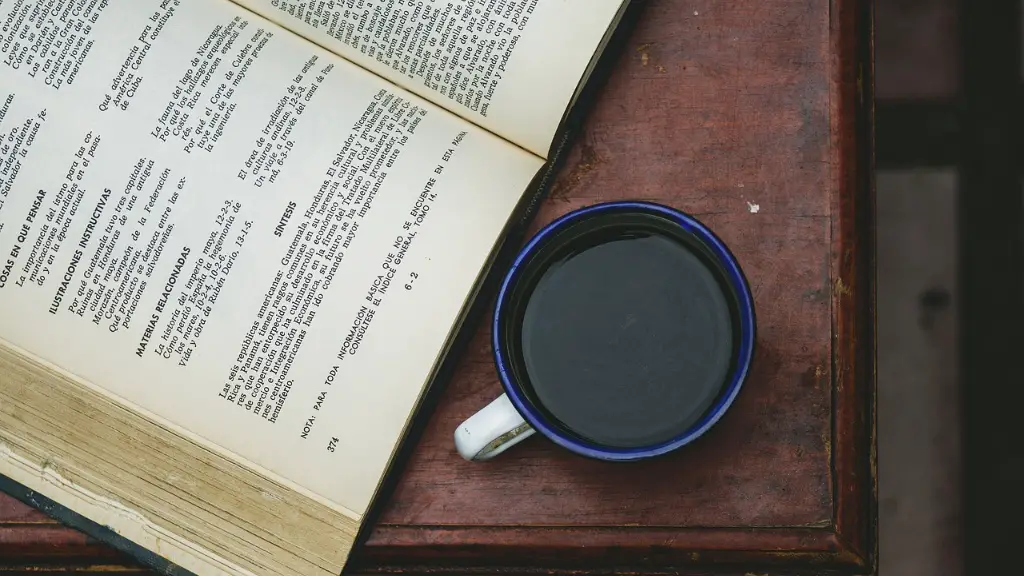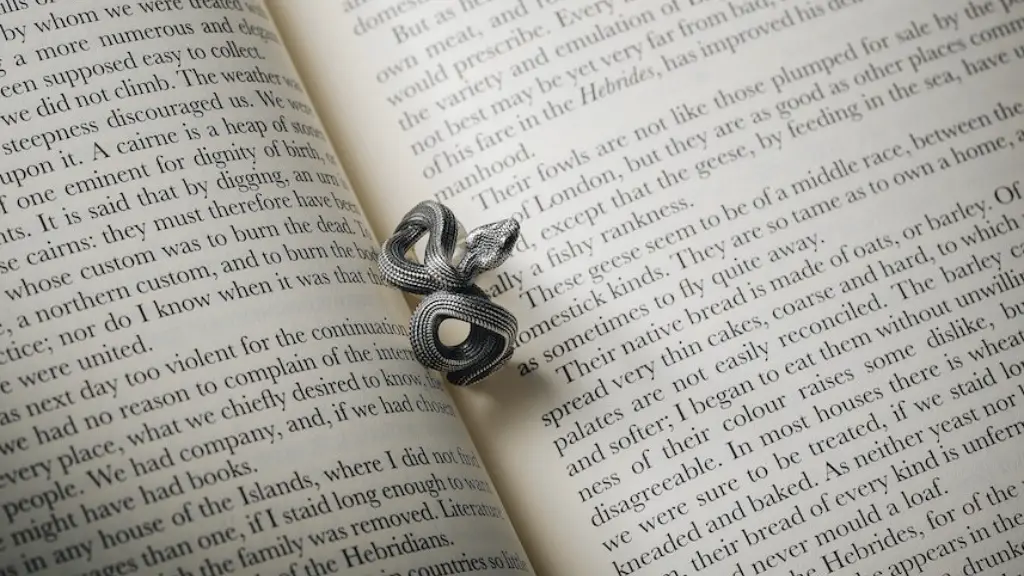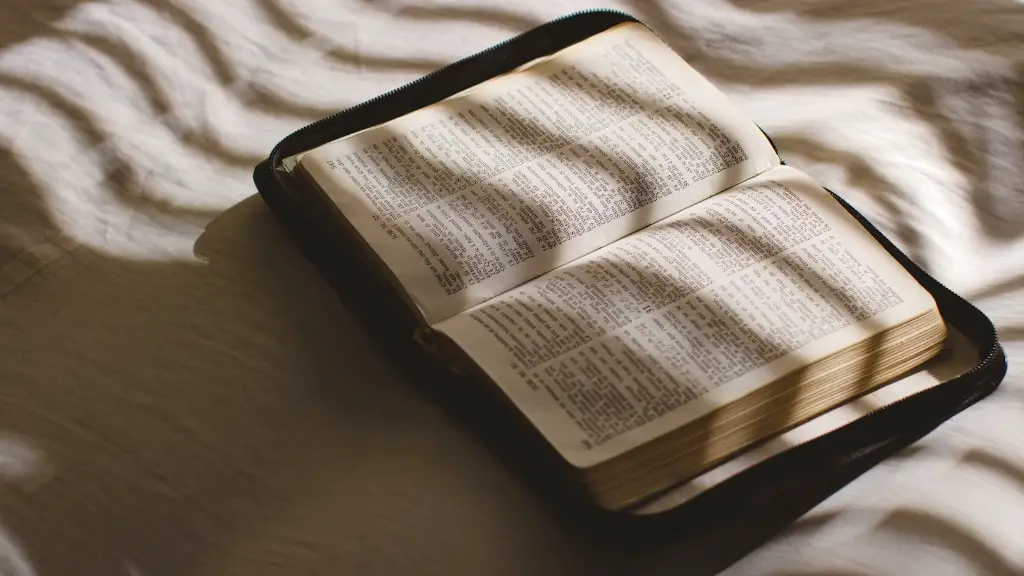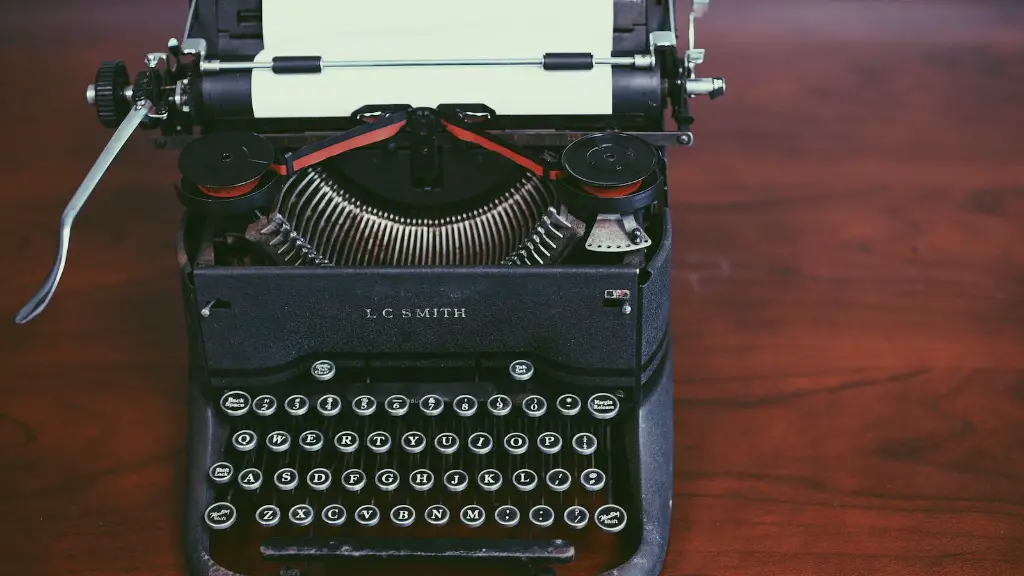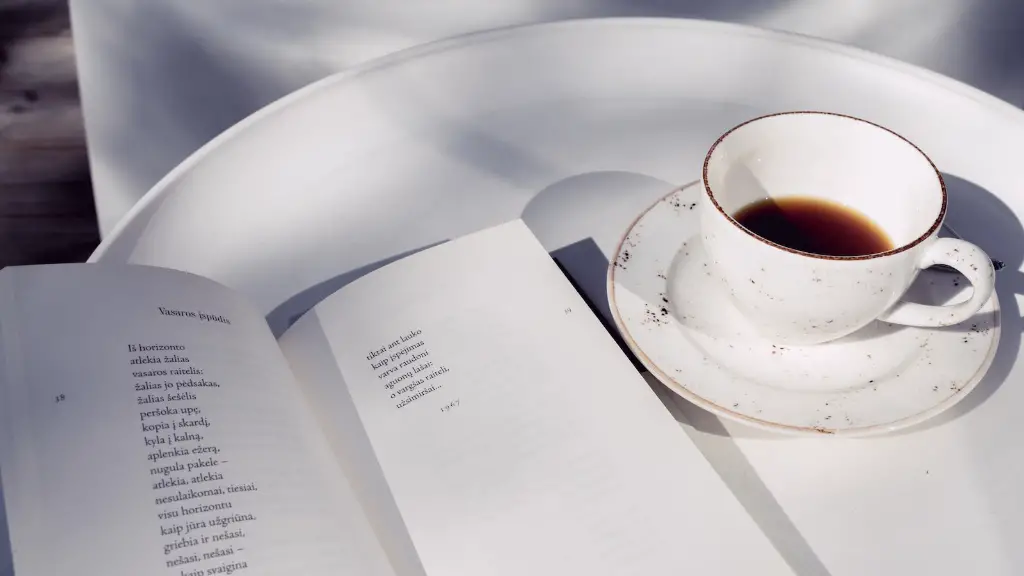What Does Cacophony Mean in Poetry
What does cacophony mean in poetry? To understand what cacophony is, we must first take a look at its definition. A cacophony is any sound or combination of sounds that is harsh, discordant, and loud. It is an overall feeling of unease created by an arrangement of words.
Cacophony has become increasingly popular in the modern poetry scene. It is used to create an atmosphere of tension and confusion, a feeling that is often echoed in the poem’s structure and subject matter. In poetry, cacophony can be created by a variety of techniques.
One way to create cacophony in poetry is to use words that have many syllables, for example, “exorbitant” or “pariah”. By using these words the poem becomes difficult to read, which adds to the sense of confusion. Similarly, writers will also use words that have hard consonant sounds, like “clap” or “crash”. These sounds further the confusion and create a sense of chaos.
Cacophony is also achieved by using words that sound similar, like “cufff” and “cough”. Repetition is commonly used in poetry, but with cacophony multiple words are repeated in rapid succession, creating a sense of disorganization. Furthermore, poets may use unconventional spellings, capitalizations, and punctuation for words, which further disrupts the poem’s flow.
Cacophony can also be created by a writer’s choice of words. Poets often draw from a variety of foreign languages and dialects to create a unique sound. Additionally, writers may also use a combination of archaisms, slang, and jargon to achieve an even more chaotic effect. By layering these words, writers create a language that is balanced between being unknowable and accessible.
While cacophony is often used to create chaos and confusion, there are some poets who use it to add emphasis and to build a more profound meaning. Through careful word choice and arrangement, poets can create a sense of urgency or tension that is necessary to convey some of the more complicated themes in their works. Thus, while cacophony might sound dissonant at first, in poetic contexts it can often be used to create a powerful atmosphere.
History of Cacophony
Cacophony has been used in poetry for centuries, even in ancient texts. Poets like Homer and Virgil used cacophonic words to create a heightened sense of drama and to emphasize their memorable lines. In the Middle Ages and Renaissance, the use of cacophony became even more popular and was used by poets to emphasize a particular idea or feeling.
After the Renaissance, cacophony began to be used in a different way. From the Romantic era onward, poets used cacophony to create a vivid atmosphere and to express personal feelings. Poets like William Blake, Emily Dickinson, and Walt Whitman used cacophony to describe pain, suffering, and despair in their works.
Cacophony also made inroads into the 20th Century with the advent of modernism and the various literary movements that followed. While traditional forms of poetry often attempted to create a sense of harmony and clarity, modernist poets sought to use cacophony to create an atmosphere of disarray and chaos. This was often manipulated to evoke an emotional response in the reader.
Today, cacophony is still used by poets as a means of conveying raw emotion and as a way to comment on the modern state of affairs. It has become an important element of modern poetry, allowing writers to express themselves in a unique and powerful way.
Uses of Cacophony
As already mentioned, cacophony is used to create an atmosphere of chaos and confusion. But, when used correctly, cacophony can also be used to intensify a particular emotion. For example, if a poet is trying to describe a moment of pain or despair, the cacophony can add an extra layer of feeling to the words.
Cacophony is also useful when a poet wants to create a vivid image or to portray a certain situation. By using words with multiple syllables and hard consonant sounds, a poet can create a feeling of urgency or tension that can be hard to find in conventional poetry.
Poets also use cacophony to comment on the complexity of modern life. By combining words from different languages and dialects, and by using unconventional spellings, poets can send a powerful message about the struggles that people face in their daily lives.
Finally, cacophony can be used as a means of exploring the human condition. By expressing emotions and ideas through radical sound, poets can comment on the experience of being alive. Through cacophony, poets can show how language itself can be powerful, chaotic, and meaningful.
How to Create Cacophony
Creating cacophony in poetry is a challenge, although not an impossible one. It involves using various techniques, such as using words with hard consonant sounds, combining words from different languages and dialects, and using unconventional spelling and punctuation.
In addition, it is important to use a repeating structure in order to create an atmosphere of confusion and chaos. Writers can do this by repeating words or phrases at regular intervals, or by using alliteration or assonance to create a sense of unease.
Finally, it is important to remember that cacophony should not be used in every poem. It should only be used when it adds to the overall effect of the poem and when it fits the theme and tone of the work.
The Impact of Cacophony in Poetry
The use of cacophony in poetry has been widely praised and criticized throughout its history. While many modern poets use cacophony to create vivid images, some poets dismiss it as a tool of amateur writers. However, the impact of cacophony in poetry cannot be overstated.
Cacophony plays an important role in poetry by adding a sense of chaos, confusion, and urgency. In many ways, it can be seen as a precursor to the more experimental forms of poetry that emerged in the 20th Century, such as the stream-of-consciousness style.
Furthermore, the use of cacophony has made poetry more accessible to a wider range of readers. By using unusual words and punctuation to create a disorienting feeling, poets can convey complex emotions in a way that is both accessible and profound.
Thus, while cacophony may sound harsh and abrasive in its simplest form, it can also be used to create poetic beauty.
Examples of Cacophony in Poetry
Cacophony is a popular tool used in many modern poems. The following are examples of poems that employ cacophony to create a unique atmosphere and to emphasize particular feelings and ideas.
One well-known example of cacophony in poetry can be found in the poem “The Raven” by Edgar Allan Poe. In this poem, Poe uses multiple words to create an atmosphere of dread and despair, such as “froe”, “Nevermore”, and “Ah, distinctly I remember”.
Another poem that uses cacophony to great effect is “Fern Hill” by Dylan Thomas. In this poem, Thomas combines words with hard consonant sounds, repeated words, and alliteration to create a vivid image of childhood joy and innocence.
Finally, “Crossing Brooklyn Ferry” by Walt Whitman also features cacophony. In this poem, Whitman uses words from different languages and dialects, as well as repetitions, in order to create a sense of chaos and uncertainty.
Conclusion of Cacophony in Poetry
Cacophony is an important element of modern poetry and has been used for centuries. It is a powerful tool that can be used to create an atmosphere of confusion and chaos, as well as to convey complex emotions. Furthermore, it has made poetry more accessible to modern readers and allows poets to explore the human condition.
Thus, while cacophony might sound harsh and jarring in its simplest form, it can be used to create poetic beauty and to emphasize particular feelings and ideas.
